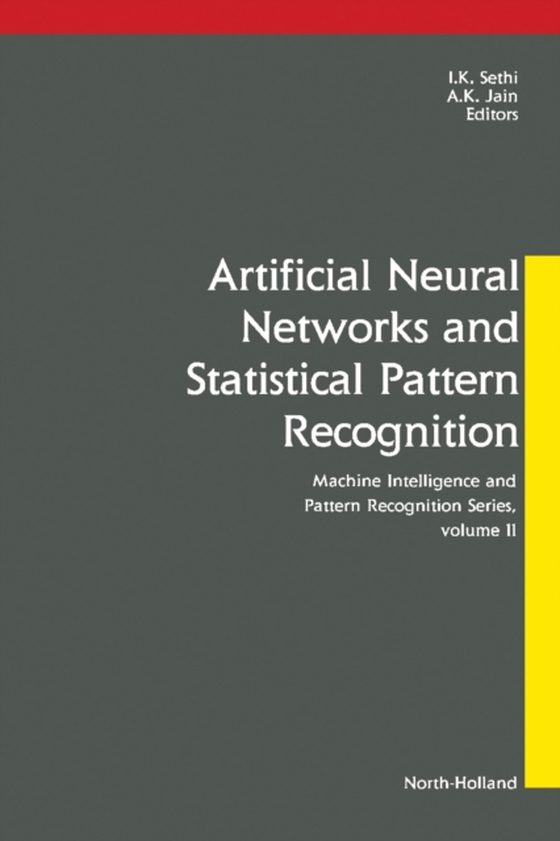
Artificial Neural Networks and Statistical Pattern Recognition e-bog
473,39 DKK
(inkl. moms 591,74 DKK)
With the growing complexity of pattern recognition related problems being solved using Artificial Neural Networks, many ANN researchers are grappling with design issues such as the size of the network, the number of training patterns, and performance assessment and bounds. These researchers are continually rediscovering that many learning procedures lack the scaling property; the procedures sim...
E-bog
473,39 DKK
Forlag
North Holland
Udgivet
28 juni 2014
Længde
271 sider
Genrer
UYQN
Sprog
English
Format
pdf
Beskyttelse
LCP
ISBN
9781483297873
With the growing complexity of pattern recognition related problems being solved using Artificial Neural Networks, many ANN researchers are grappling with design issues such as the size of the network, the number of training patterns, and performance assessment and bounds. These researchers are continually rediscovering that many learning procedures lack the scaling property; the procedures simply fail, or yield unsatisfactory results when applied to problems of bigger size. Phenomena like these are very familiar to researchers in statistical pattern recognition (SPR), where the curse of dimensionality is a well-known dilemma. Issues related to the training and test sample sizes, feature space dimensionality, and the discriminatory power of different classifier types have all been extensively studied in the SPR literature. It appears however that many ANN researchers looking at pattern recognition problems are not aware of the ties between their field and SPR, and are therefore unable to successfully exploit work that has already been done in SPR. Similarly, many pattern recognition and computer vision researchers do not realize the potential of the ANN approach to solve problems such as feature extraction, segmentation, and object recognition. The present volume is designed as a contribution to the greater interaction between the ANN and SPR research communities.
 Dansk
Dansk

